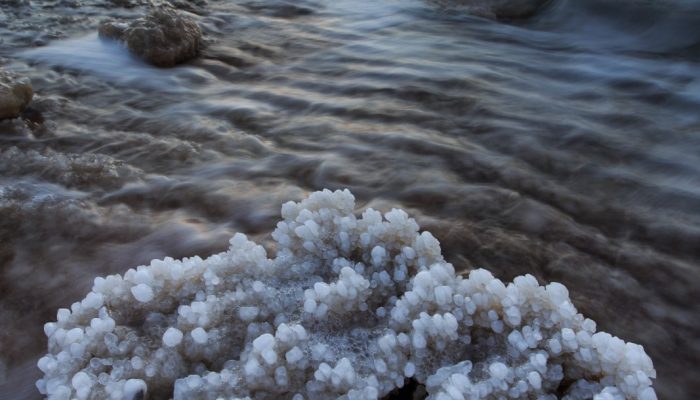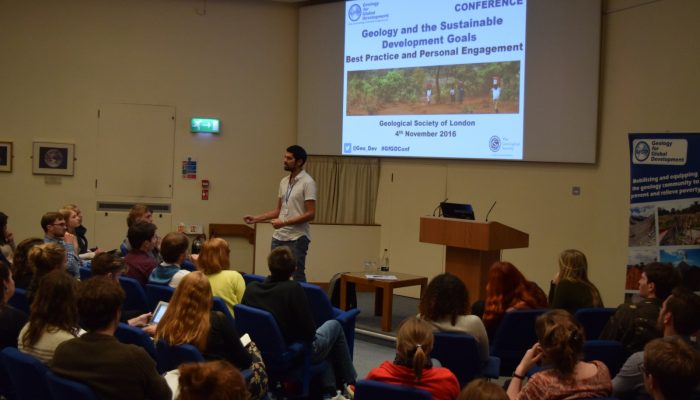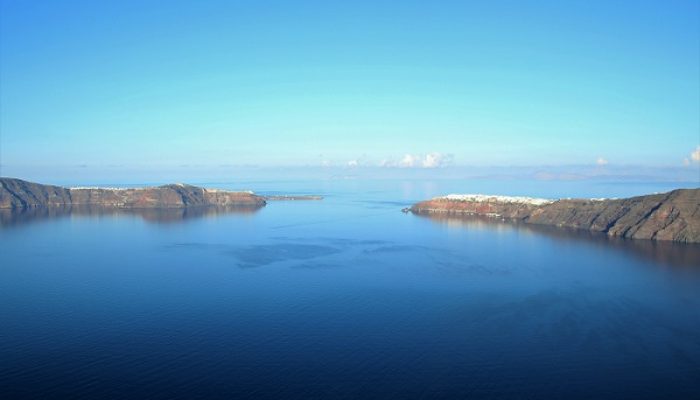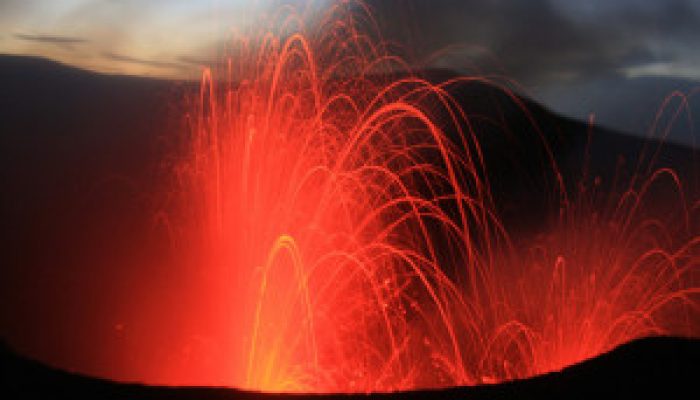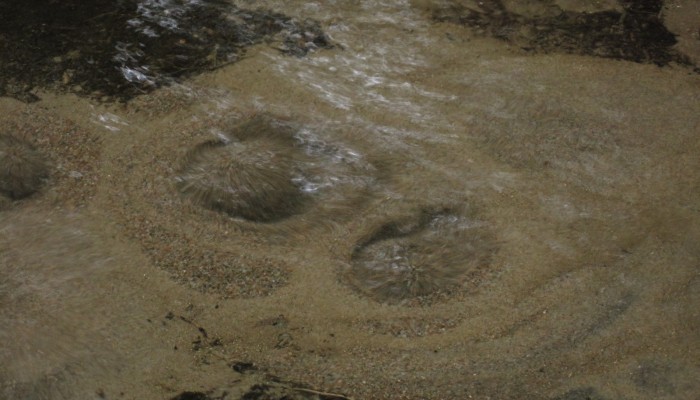This photo was taken by Jack Williams from the University of Otago during mapping of the surface rupture from the recent Kaikoura earthquake. Birds eye view of tensional cracks in ground adjacent to fault trace.
GeoSphere
Photo of the Week – Salt Coral
The photo posted below is a really cool one. Interestingly, enough I have been getting into podcasts lately. They are great during my bus ride to and from work every day. One of the podcasts that I like is Neil de Grasse Tyson’s Star Talk Radio. Anyway, the other week Star Talk had a pretty good discussion about salt and the role it has played in developing human history. Check out the episo ...[Read More]
Geology for Global Development
Guest Blog (GfGD Liverpool): Reflections on the GfGD Annual Conference 2016
GfGD were delighted to support Clare Spink and Taryn Freeman (University of Liverpool) to attend the recent GfGD Annual Conference. As the new leaders of the GfGD Liverpool University Group they were eager to learn more about GfGD and take that back to Liverpool. On our guest blog today, they share some of those reflections… As we only recently took over organisation of GfGD Liverpool, it wa ...[Read More]
Geology for Global Development
Friday Photo: Pressure ridges from the Kaikoura earthquake
This photo was taken by Jack Williams from the University of Otago during mapping of the surface rupture from the recent Kaikoura earthquake. It shows pressure ridges in road from subsidiary strand of Hundalee Fault. You can read more about his field work on yesterday’s blog.
Geology for Global Development
Mapping the Kaikoura earthquake, New Zealand
Jack Williams is a PhD Student at the University of Otago, New Zealand, where he is studying the Alpine Fault. Jack was part of a team of experts that went into the field immediately following the Kaikoura earthquake to map the surface ruptures. Here he explains what they were up to and shares some photos of the damage. The Mw 7.8 Kaikoura Earthquake was an incredibly complex event involving sever ...[Read More]
VolcanicDegassing
Flooding the Santorini Caldera
The flooded caldera of Santorini volcano holds many secrets, buried beneath the ash and pumice of its last great eruption. In the Late Bronze Age, about 3600 years ago, an explosive eruption several times larger that of Krakatoa, 1883, wreaked devastation across this thriving island. A great trading port, Akrotiri, was buried under metres of pumice; preserving for future generations a snapshot of ...[Read More]
GeoSphere
Photo of the Week (Approximately)
The truly insane photo above shows “Different generations of calcite cements in Late Miocene seep carbonates (Piedmont, Italy; cathodoluminescence microphotograph)”. It was taken by Marcello Natalicchio, University of Hamburg, Hamburg, Germania – Source. This photo was taken using a cathodoluminescence microscope which is both a standalone tool or can be an adaptation to a scann ...[Read More]
VolcanicDegassing
Into the Inferno: an anth(rop)ology of volcanoes
What do volcanoes mean to you? This is perhaps not a question to ask a volcanologist (cue: a paean to their current flame); but what do they mean to the publics? Fire and brimstone? Death and destruction? Of humans pitted against mountains? Or is it something else? Perhaps the answer is obvious, but it is certainly something we need to think about when preparing for an audience: what will they exp ...[Read More]
GeoSphere
Welcome to Water Underground
A big welcome to the new EGU blog network blog Water Underground! Water Underground is the first geoscience blog that I am aware to be cross-hosted on both the EGU and AGU blog networks allowing it to reach people across the world. Water Underground, founded by Dr. Tom Gleeson, a prof at the University of Victoria, Canada, is a welcome addition to the EGU as it will cover groundwater, climate, and ...[Read More]
WaterUnderground
Water Underground has a new home on the EGU Network Blogs
The newest addition to the Network Blogs is a groundwater nerd blog written by a global collective of hydrogeologic researchers for water resource professionals, academics and anyone interested in groundwater, research, teaching and supervision. Water Underground was started, and is currently led, by Tom Gleeson. It is the first blog to be jointly hosted by the EGU Blogs and the AGU blogosphere. W ...[Read More]

